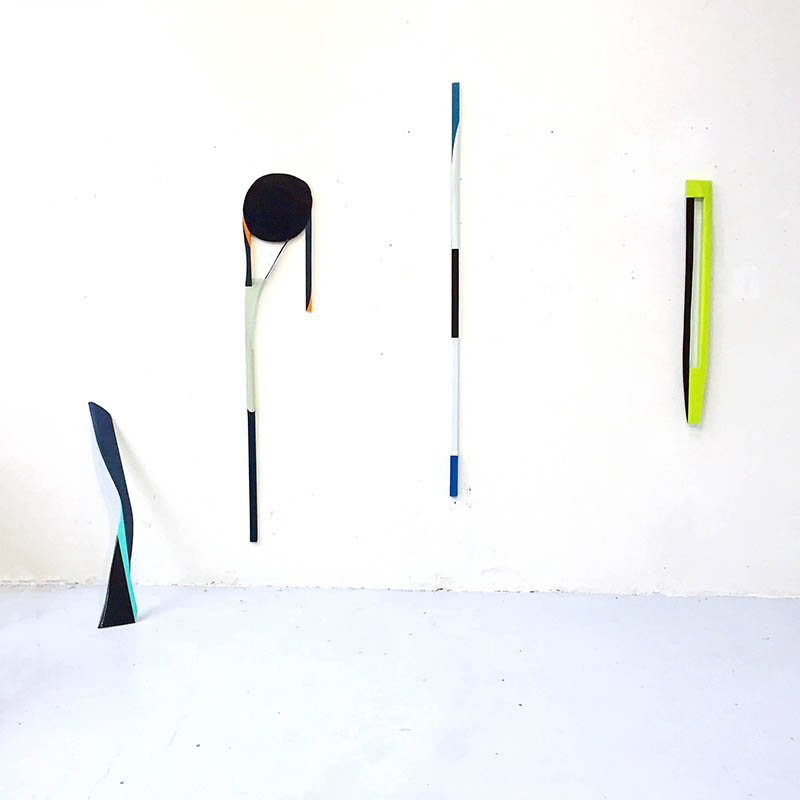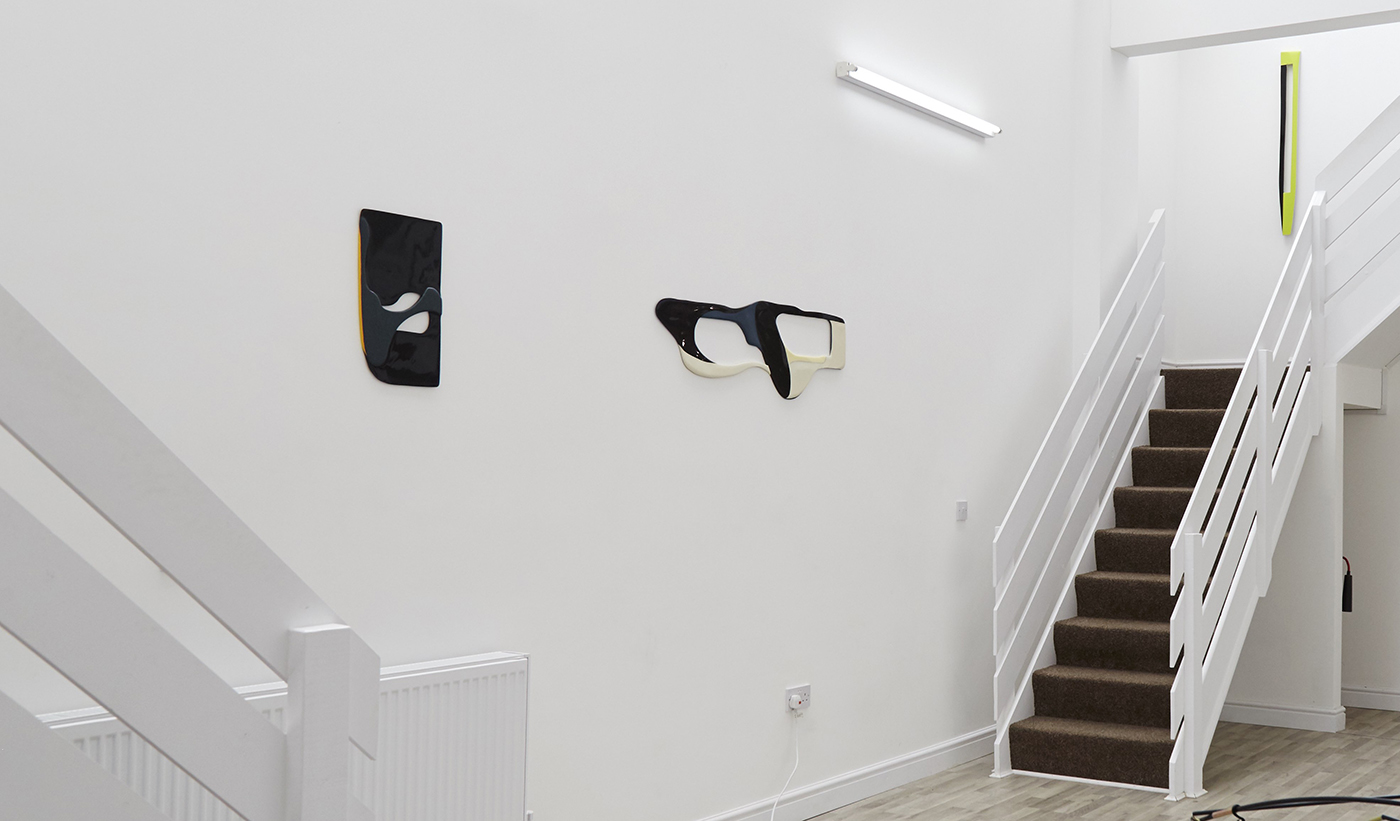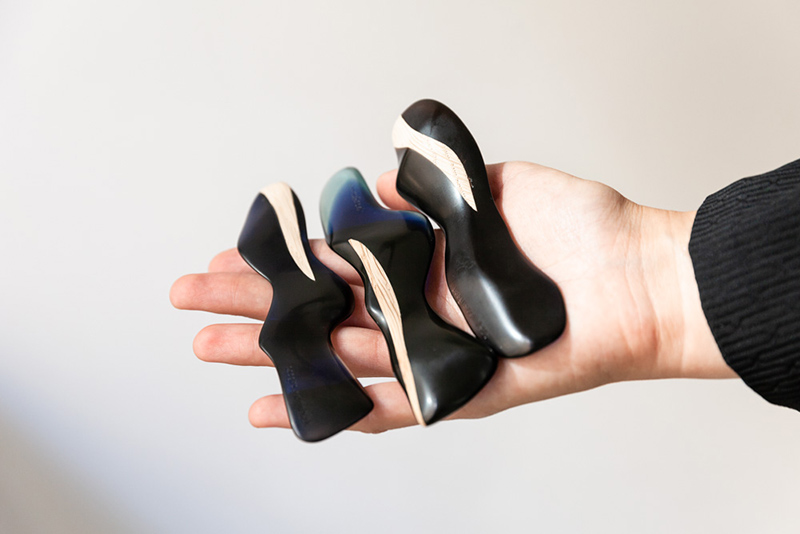Paradox brought contemporary artist Francois Maurin to painting, specifically the feeling of not being able to reach the paintings of the great masters at the Louvre.
I want my work to remain accessible to the greatest number of people. It is for this purpose that I carried out the Passengers project. In addition to offering the possibility to anyone wishing to host one of these objects, Passengers allows strangers to meet and, thus, to contribute to the development of this work.

Take us to the beginning of your story. How did your tryst with art begin?
My first experience with artistic expression was music. As a teenager, I sang in different bands and progressively turned to the visual arts. Singing in public gave me a real feeling of suspension that I am trying to find in my painting today. Also, the frontality of the scenic device raises the question of the gift directly, and allows for a type of meeting with the other of a rare intensity – a direct connection with the audience. Also, because creating things allows me to understand the world around me, at the end of high school I decided to study art.

Studio view. 2017.
What is the primary role of an artist? How do you describe yourself in the context of challenging people’s perspectives via your work and art?
Convinced that works of art helps us meet at various points, I consider my work as a tool that allows, through reflexive stimulation of the imagination, the intensification of my awareness of our respective singularities and to share perception. The “encounter experience” is the issue that drives all of my work. I pay special attention to the methods of frequenting the objects that I design. This attachment to making specific the context of the meeting and the fréquentation of these objects is for me a way to question some of our social practices, as well in their sustainability as far as their origins are concerned.

Exhibition view. Adult World. London. 2017
Let’s talk about the evolution of your practice over the years. Tell us about your commitment to your current medium.
At the start of my studies at the Ecole des Beaux Arts in Paris, I put painting aside for a bit to focus on video. I was very interested in the phenomenon of looping and repetition. I also often went to the Louvre to look at old paintings. It was a paradox – the feeling of not being able to reach these paintings attracted me to it. Looking at paintings made me find a kind of feeling of suspension which I had experienced when I played music in public. In a way I think I started painting again to understand painting. I wanted to do paintings with no limits.

Exhibition view. ORVOIRLEMO. 2016.
What is your experience of the power of formative collaborations? Which residency, curator or gallery helped you along on your artistic journey?
I collaborated with a gallery very early on after my studies, but then this gallery closed. This collaboration gave rise to questions in me, like the sale of my work and, in particular, the question of its accessibility to the public. It was partly as a result of this collaboration that I developed my project Passengers. This project aims to question, in the current context of contemporary art, our relationship to the concepts of ownership and commitment. Passengers are specific objects transmitted from hand to hand and the web site www.pssgrs.com allows people to track their movements and take part in their transmission

Passengers.
How do you balance art and life?
Besides my artistic practice, I teach art in different schools. I find a lot of pleasure and stimulation in the exercise of transmission.
How does your audience interact and react to your work?
I want my work to remain accessible to the greatest number of people. It is for this purpose that I carried out the Passengers project. In addition to offering the possibility to anyone wishing to host one of these objects, Passengers allow strangers to meet and, thus, to contribute to the development of this work.
Before you go – you might like to browse our Artist Interviews. Interviews of artists and outliers on how to be an artist. Contemporary artists on the source of their creative inspiration.











Add Comment